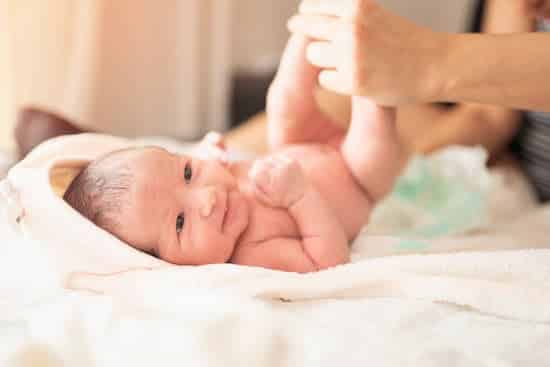Losing a loved one is one of life’s most challenging experiences, especially when it happens unexpectedly due to wrongful death. In the aftermath of such a tragedy, families often find themselves overwhelmed, unsure of where to turn or how to navigate the complex aftermath.
From tips on handling administrative tasks to the importance of working with a lawyer for wrongful death, here are some ways to ease the burden and find the support they need.
Accessing Support Services
One of the first things families should do is reach out for support. Whether it’s through grief counseling, support groups, or religious organizations, having a network of people who understand and empathize with your situation can be incredibly comforting.
Many communities offer free or low-cost counseling services for those dealing with loss, providing a safe space to process emotions and solace in shared experiences.
Handling Administrative Tasks
In the midst of grief, the practicalities of handling administrative tasks can seem daunting. However, addressing these matters sooner rather than later can help alleviate stress in the long run.
Gather important documents such as the death certificate, will, and insurance policies. Notify relevant parties, such as employers, banks, and creditors, of the death and inquire about any necessary steps to close accounts or transfer assets.
Families should be mindful of any outstanding debts or financial obligations left behind by their loved ones. While it may be uncomfortable to address these matters, failing to do so could lead to additional stress and complications down the road. Consider consulting with a financial professional to develop a plan for managing debts and ensuring financial stability moving forward.
Seeking Legal Assistance
Navigating the legal aspects of wrongful death can be particularly challenging for families already grappling with profound loss. This is where the expertise of a lawyer specialized in wrongful death cases becomes invaluable. These legal professionals are well-versed in the complexities of such cases and can guide families through the process with compassion and expertise.
A wrongful death lawyer can assist families in understanding their rights and options and navigating the intricacies of legal proceedings. From gathering evidence and building a case to negotiating with insurance companies and representing the family in court, a skilled attorney can provide invaluable support every step of the way.
Advocating for Your Rights
In addition to providing legal guidance, a lawyer for wrongful death serves as an advocate for the family, ensuring their voices are heard and their rights are protected. This includes seeking compensation for damages such as medical expenses, funeral costs, lost wages, and pain and suffering.
Moreover, a lawyer can help hold responsible parties accountable for their actions, whether it’s a negligent driver, a negligent healthcare provider, or a negligent manufacturer. By pursuing justice through legal means, families can find a sense of closure and prevent similar tragedies from befalling others in the future.
Creating a Support Network
Building a solid support network is essential for families coping with the aftermath of wrongful death. Reach out to friends, family members, neighbors, and community organizations for assistance and companionship.
By surrounding yourself with caring individuals who are willing to lend a listening ear or a helping hand, you can find strength in unity and navigate this challenging time more effectively. Remember, you don’t have to face this journey alone, and some people genuinely want to support you through it.
As you navigate the aftermath of wrongful death, it’s crucial to remember that healing is a journey, not a destination. While the pain of loss may never fully fade, there are steps you can take to find solace and seek justice for your loved one. Remember, it’s okay to ask for help, and there are professionals ready to offer guidance and support every step of the way.








































